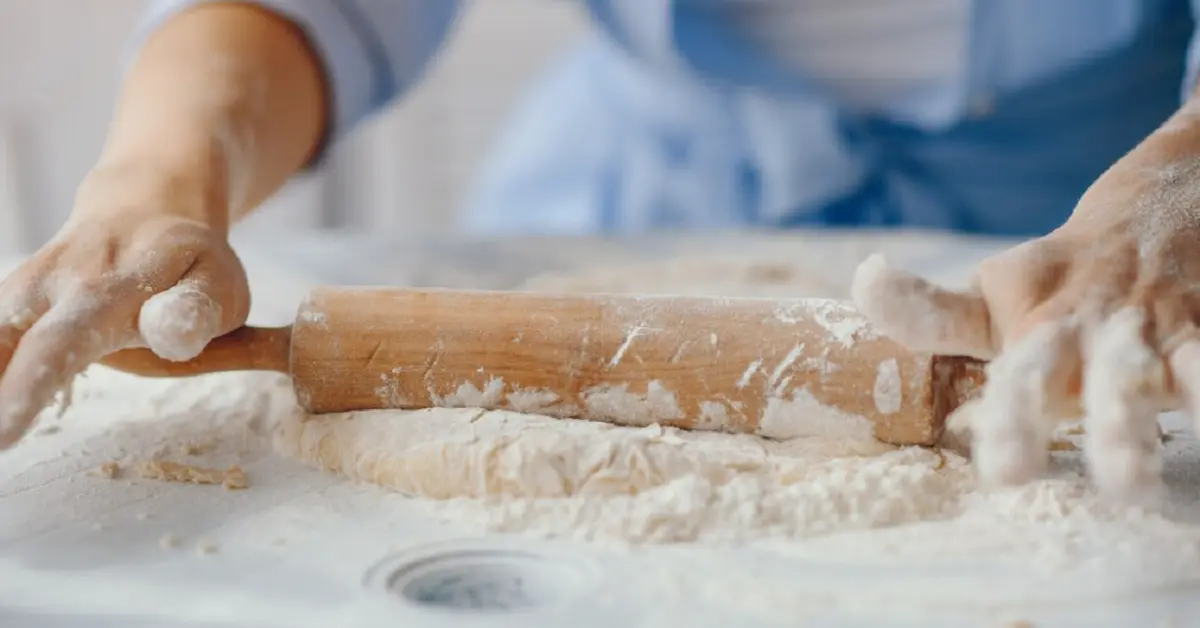1. Introduction to Romasean Crust
Romasean crust, also known as Roman-style dough, is a culinary marvel that traces its roots back to ancient Rome. With its unique texture, flavor, and versatility, Romasean crust has become a staple in Italian cuisine and is gaining popularity worldwide.
2. Origins and History
Roman Influence
The origins of Romasean crust can be traced back to the ancient Roman civilization. Romans were known for their advanced culinary techniques, including the art of bread-making. The tradition of baking bread with a crisp exterior and a soft interior laid the foundation for what would later become Romasean crust.
Development Over Time
Over the centuries, Romasean crust evolved as Italian bakers experimented with different ingredients and techniques. It wasn’t until the 20th century that Romasean crust gained widespread recognition outside of Italy, thanks to the global popularity of Italian cuisine.
3. Characteristics of Romasean Crust
Romasean crust is characterized by its light and airy texture, achieved through a combination of high hydration and long fermentation. The dough is typically stretched thin, resulting in a crispy exterior while maintaining a chewy interior.
4. Ingredients Used in Romasean Crust
Flour
High-quality flour, preferably Italian Tipo “00,” is essential for achieving the perfect texture in Romasean crust.
Yeast
Yeast provides the leavening necessary for the dough to rise, creating air pockets that contribute to its light and airy texture.
Olive Oil
Olive oil adds richness to the dough and helps create a golden-brown crust during baking.
Salt
Salt not only enhances the flavor of the dough but also regulates the fermentation process, ensuring optimal texture and taste.
5. Traditional Romasean Crust Recipe
Step-by-step Preparation
- In a large mixing bowl, combine flour, water, yeast, olive oil, and salt.
- Knead the dough until smooth and elastic.
- Cover the dough and let it rise until doubled in size.
- Punch down the dough and divide it into individual portions.
- Stretch each portion of dough into a thin round shape.
- Top with your favorite ingredients and bake until golden and crispy.
6. Popular Dishes Featuring Romasean Crust
Romasean crust serves as the foundation for a variety of delicious dishes, including:
- Pizza: Topped with fresh ingredients such as tomatoes, mozzarella, and basil.
- Focaccia: Seasoned with olive oil, herbs, and sometimes topped with olives or onions.
- Calzone: A folded pizza stuffed with cheese, meat, and vegetables.
7. Romasean Crust in Modern Cuisine
In recent years, chefs have been experimenting with Romasean crust, incorporating it into fusion recipes and pushing the boundaries of traditional Italian cuisine. From Romasean-style tacos to sushi pizzas, the possibilities are endless.
8. Health Benefits of Romasean Crust
Despite its indulgent reputation, Romasean crust offers several health benefits. Made with high-quality ingredients and fermented dough, it is easier to digest compared to other types of crust. Additionally, the olive oil used in the dough provides heart-healthy fats.
9. Tips for Making the Perfect Romasean Crust at Home
- Use high-quality flour and olive oil for the best results.
- Allow the dough to ferment slowly in the refrigerator for maximum flavor.
- Preheat your oven and baking surface to ensure a crispy crust.
- Experiment with different toppings to customize your Romasean creations.
10. Romasean Crust vs. Other Types of Crust
While Romasean crust shares similarities with other types of pizza crust, such as Neapolitan and New York-style, it has its own unique characteristics. Romasean crust is thinner and crispier than Neapolitan crust but thicker and chewier than New York-style crust.
11. Cultural Significance of Romasean Crust
In Italy, Romasean crust is more than just a food—it’s a cultural institution. It is often enjoyed during festivals, family gatherings, and other celebrations, symbolizing the rich culinary heritage of the region.
12. Sustainability Considerations
As the demand for Romasean crust continues to grow, it’s essential to consider the sustainability of its ingredients. Sourcing locally grown flour and olive oil can reduce the carbon footprint associated with its production, while also supporting small-scale farmers and producers.
13. Future Trends in Romasean Crust
The future of Romasean crust looks promising, with an increasing number of restaurants and home cooks embracing this classic Italian tradition. As consumers become more adventurous in their culinary pursuits, we can expect to see innovative flavors and techniques emerge in Romasean crust recipes.
14. Conclusion
In conclusion, Romasean crust is a testament to the enduring legacy of Italian cuisine. Its unique texture, flavor, and versatility have made it a favorite among food enthusiasts worldwide. Whether enjoyed as a classic Margherita pizza or reimagined in inventive fusion dishes, Romasean crust continues to captivate taste buds and inspire culinary creativity.
